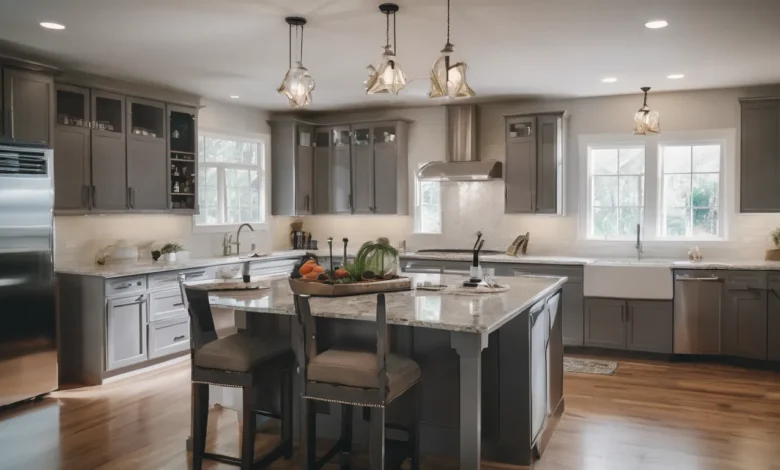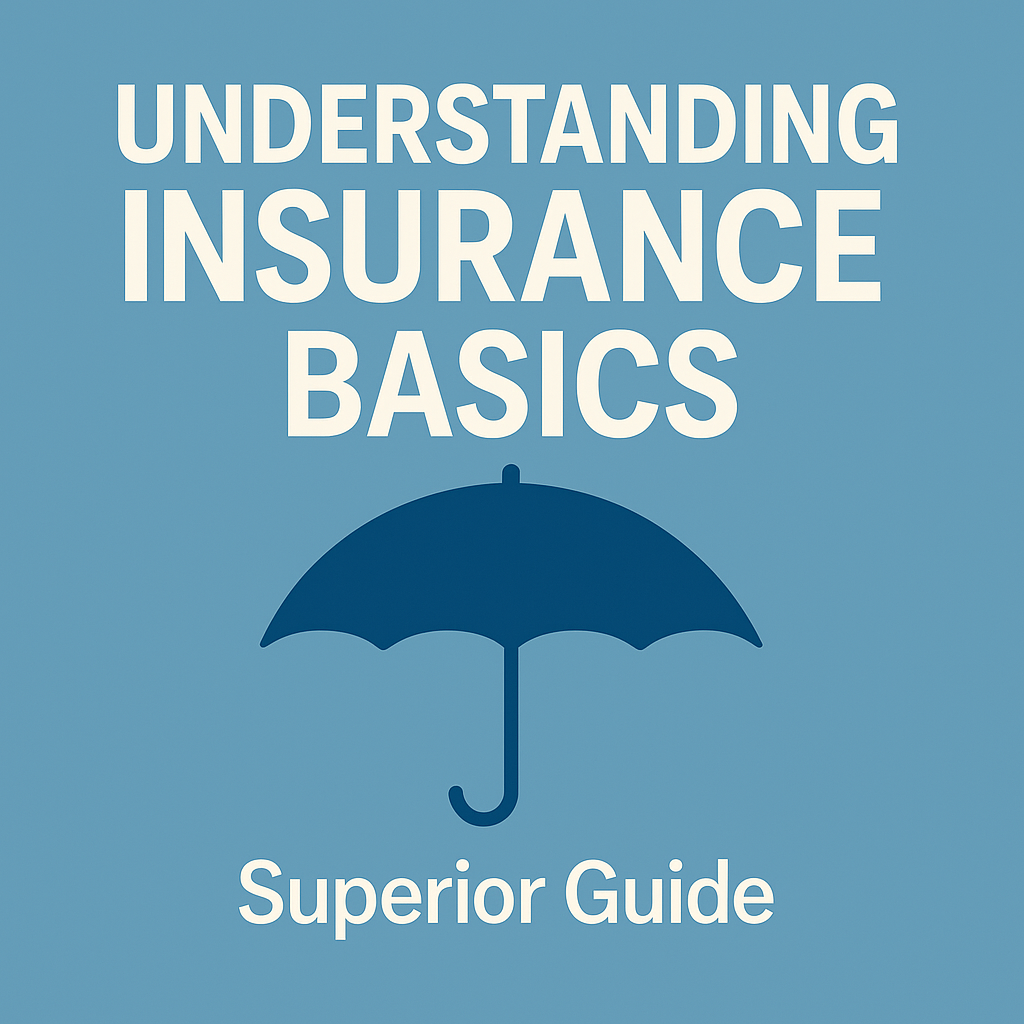
Homeowners insurance rates Trusted: Find the Best Deals, Looking for affordable homeowners insurance? Compare rates from top providers and find the best coverage, homeowners insurance rates Trusted: Find the Best Deals, Looking for affordable homeowners insurance? Compare rates from top providers plus find the best coverage plus protect your most valuable asset against unexpected events. Finding the right home insurance policy involves more than just looking for the lowest price; it requires a comprehensive understanding of your coverage needs plus the factors that influence your premiums.
Homeowners insurance rates: A Comprehensive Guide to Finding the Best Deal
Understanding homeowners insurance rates is crucial for every homeowner. The cost of home insurance can vary significantly based on numerous factors, making it essential to shop around plus compare insurance quotes. This guide provides a step-by-step approach to navigating the complexities of home insurance, helping you find the best coverage at the lowest rates possible.
Step 1: Assess Your Coverage Needs
Before you start comparing homeowners insurance rates, take the time to assess your individual coverage needs. Consider the following:
Dwelling Coverage: This covers the cost to rebuild either repair your home in case it’s damaged by a covered peril, such as fire, wind, either hail. Estimate the replacement cost of your home, not its market value. Replacement cost refers to the amount it would take to rebuild your home with materials of similar kind plus quality.
Personal Property Coverage: This protects your belongings, including furniture, clothing, plus electronics, against covered perils. Take an inventory of your possessions plus estimate their value. Consider a replacement cost policy for your personal property, which pays to replace damaged items with new ones, rather than their depreciated value.
Liability Coverage: This protects you financially in case someone is injured on your property plus you’re found liable. It can also cover legal expenses in case you’re sued. Most policies offer liability coverage ranging from $100,000 to $500,000 either more. Evaluate your risk plus choose a coverage amount that provides adequate protection.
Additional Living Expenses (ALE): Also known as loss of implement coverage, this pays for temporary housing plus living expenses in case you can’t live in your home due to a covered loss. Consider your lifestyle plus potential expenses when determining the appropriate amount of ALE coverage.
Step 2: Understand the Factors Influencing Homeowners Insurance Rates
Several factors influence homeowners insurance rates. Understanding these factors can assist you make informed decisions plus potentially lower your premiums. Here are some key considerations:
Location: Your home’s location significantly impacts your insurance rates. Areas prone to natural disasters, such as hurricanes, tornadoes, either earthquakes, typically have higher premiums. Crime rates plus proximity to fire stations can also influence rates.
Home Characteristics: The age, size, plus construction materials of your home affect insurance costs. Older homes may require more expensive repairs, while homes with updated safety features, such as smoke detectors plus security systems, may qualify for discounts.
Coverage Amounts plus Deductibles: Higher coverage amounts typically result in higher premiums. Conversely, increasing your deductible can lower your premium however will require you to pay more out-of-pocket in the event of a claim.
Claims History: A history of previous claims can increase your insurance rates. Insurers view homeowners with a history of claims as higher risk.
Credit Score: In many states, your credit score can affect your homeowners insurance rates. A good credit score can often lead to lower premiums.
Step 3: Compare Insurance Quotes from Multiple Providers
The most effective way to find the best homeowners insurance rates is to compare insurance quotes from multiple providers. Don’t settle for the first quote you receive. Here’s how to effectively compare quotes:
Online Comparison Tools: Utilize online comparison tools to gather quotes from multiple insurers quickly. These tools allow you to input your facts once plus receive multiple quotes in return.
Independent Agents: Work with an independent insurance agent who can shop around for you plus provide quotes from various insurers. Independent agents represent multiple companies plus can offer unbiased advice.
Direct Insurers: Contact direct insurers, which sell policies directly to consumers without using agents. These insurers may offer competitive rates.
Consistency in facts: Ensure you provide consistent facts to each insurer to receive accurate plus comparable quotes. Include details about your home, coverage needs, plus deductible preferences.
Step 4: Look for Discounts plus Savings
Many insurers offer discounts plus savings that can significantly lower your homeowners insurance rates. Be sure to inquire about the following potential discounts:
Bundling: Bundling your homeowners plus auto insurance with the same insurer can often result in significant savings.
Security Systems: Installing a security system, smoke detectors, either a sprinkler system can qualify you for discounts.
Home Improvements: Upgrading your roof, plumbing, either electrical system can make your home safer plus potentially lower your insurance rates.
Loyalty Discounts: Some insurers offer discounts to long-term customers.
Association Memberships: Membership in certain professional either alumni associations may qualify you for discounts.
Step 5: Understand the Policy Details
Before you commit to a homeowners insurance policy, carefully review the policy details. Pay attention to the following:
Coverage Limits: Ensure your coverage limits are adequate to protect your home plus belongings.
Deductibles: Understand your deductible plus how it affects your premium. Choose a deductible you can comfortably afford in the event of a claim.
Exclusions: Be aware of any exclusions in your policy. Common exclusions include flood damage (which typically requires a separate flood insurance policy), earthquake damage, plus wear plus tear.
Policy Endorsements: Consider adding endorsements to your policy to cover specific risks either items, such as valuable jewelry either artwork.
Step 6: Regularly Review Your Homeowners Insurance Policy
Homeowners insurance rates plus coverage needs can change over time. It’s essential to review your policy annually either whenever significant life events occur, such as home renovations, major purchases, either changes in family size. Re-evaluate your coverage limits, deductible, plus policy details to ensure your insurance still meets your needs. Also, continue to compare rates periodically to ensure you are still getting the best deal for the coverage you need.
Emerging Technologies plus Home Insurance
The insurance industry is evolving rapidly, driven by emerging technologies. Smart home devices, such as water leak detectors plus smart thermostats, are gaining popularity plus can assist homeowners prevent damage plus potentially lower their insurance rates. Some insurers offer discounts for installing these devices, as they can decrease the risk of claims. Data analytics plus artificial intelligence are also being used to personalize insurance rates plus enhance risk assessment, leading to more accurate plus customized coverage options.
The Future of Homeowners Insurance
The future of homeowners insurance is likely to be more personalized, data-driven, plus proactive. Insurers will increasingly implement data from smart home devices plus other sources to assess risk plus tailor coverage to individual needs. Predictive analytics will assist insurers anticipate potential problems plus offer preventative solutions, such as water leak detection either fire prevention measures. This shift towards proactive risk management could lead to lower premiums plus fewer claims for homeowners.
Finding the best homeowners insurance involves careful research, comparison, plus a thorough understanding of your coverage needs. By assessing your needs, comparing insurance quotes, looking for discounts, plus understanding policy details, you can secure the best possible coverage at the lowest rates. Regularly review your policy plus stay informed about emerging technologies to ensure your home is adequately protected.





